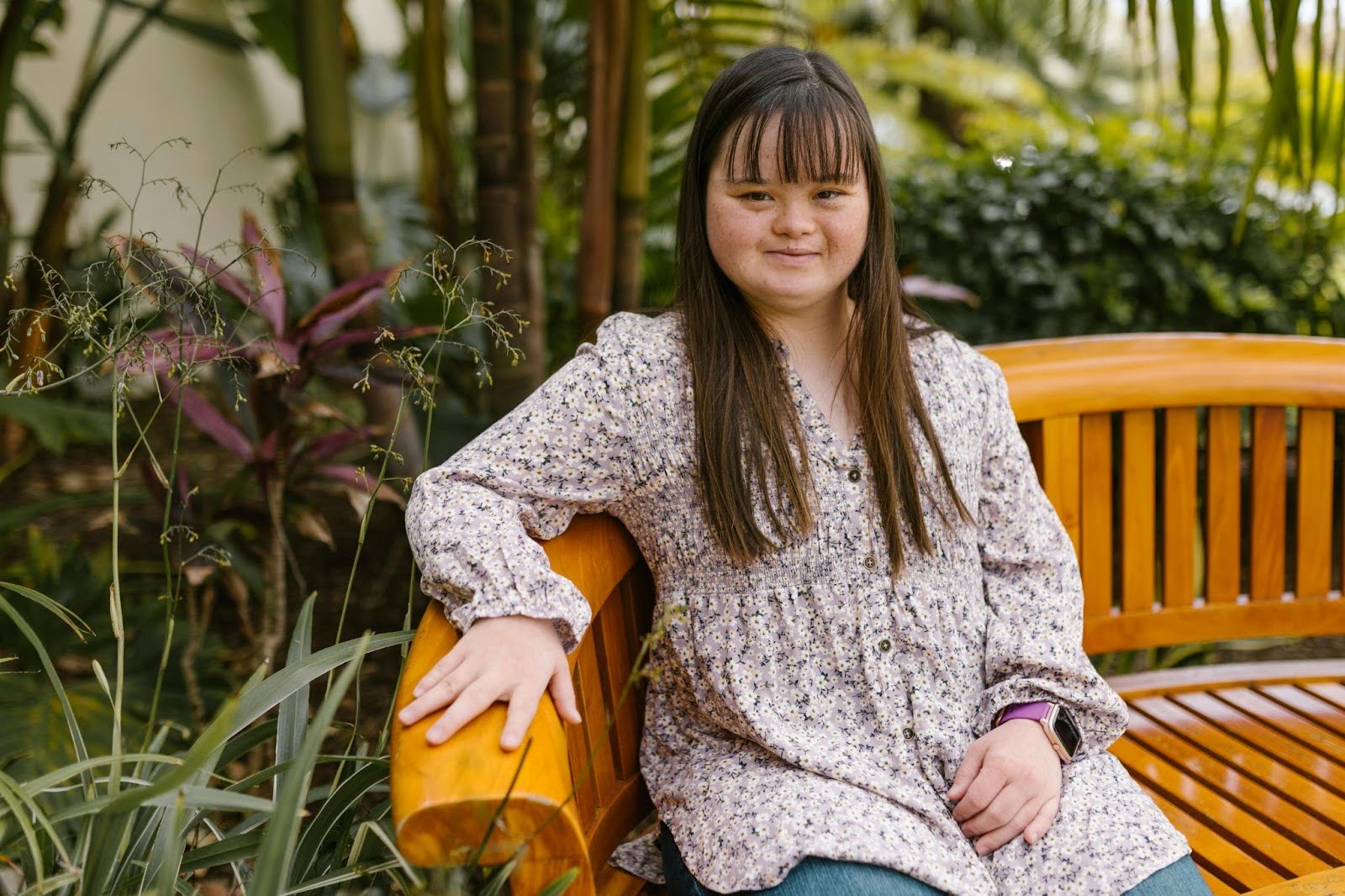Everyone deserves to live in a home they can comfortably and safely navigate. Disability home modifications are changes made to the home environment that help people be more independent. They’re designed to help people with disabilities avoid injury or stress at home.
Some home modifications for disabilities – like adding ramps or stairlifts – require a renovation project. However, there are some changes you can make yourself. Below, we break down some simple modifications that will help you or a loved one stay safe, comfortable, and happy at home.
What Are Personal Mobility Devices?
Requirements for Personal Mobility Aids
______________
Adaptive Home Modifications for Visual Impairment
1. Use Color & Light Wisely
An easy way to increase visibility in your home is by adding plenty of lighting. You can use LED lights for extra brightness. Automatic night lights make it easier to get around at night, too.
It also helps to use contrasting colors throughout your home. Make sure that key spots like door frames, light switches, and stairs pop from other areas so they’re easier to see.
2. Install Tactile Indicators
Add tactile indicators that make it possible to navigate the house safely. You can add indicators on appliance controls, for example, so they’re accessible. Braille labels may also help you differentiate spots in the house.
3. Bring in Assistive Technology
Incorporate assistive technology into your home whenever you can. Simple devices like canes are a good place to start, but you can also use options like voice-activated smart home assistants. These allow you to control lights, thermostats, and appliances from wherever you are.
Intellectual Disability Home Modifications
4. Choose Simple Appliances
Pick home appliances with simple controls. Many modern options can easily cause confusion.
If you can’t change your home appliances, look into simplified alternatives. For example, if you can’t get a new oven, consider getting a small countertop cooking device that has simple controls.
5. Maintain a Clutter-Free, Structured Space
Keep distractions and stress to a minimum. A tidy and consistently organized space can make a huge difference.
Add the things you need to the space and keep them there. For instance, you might want to use safety locks on certain cabinets or doors. Alternatively, you might install alarms on doors or windows.
6. Create Visual Aids
Make labels or use stickers for organization and reminders. Create pictograms for daily routines, or use them to create lists. Whatever works for you is okay!
Developmental Disability Home Modifications
7. Create a Sensory Room
Regulating sensory input can be crucial for those with developmental disabilities. Create a safe space that provides an escape to limit meltdowns and sensory overload.
Designate a room or area as a sensory space. Add calming elements like soft lighting, sensory toys, cozy seating, noise-canceling headphones, and whatever else you like. Choose materials and products for the space that are durable and sensory-friendly.
8. Block Off Hazardous Areas
Prevent falls and limit unwanted access to hazardous spaces by using safety gates to block them off.
9. Add Sensory Regulation Tools to Key Rooms
Bring therapeutic play equipment like swing chairs into living spaces. Sensory regulation can be a part of each room in the home! You can also choose to implement noise-reducing features like soundproof walls to keep certain areas extra comfortable.
Adaptive Home Modifications for Mobility
10. Clear Entryways and Hallways
Do your best to remove clutter from doorways and hallways. If possible, look into having these spaces widened. Adding handrails for easier navigation is another accessible home modification that can aid in mobility.
11. Install Lowered Countertops and Sinks
Adjust your kitchen and bathroom setup to be wheelchair-accessible. You can remove counters and replace them with lower styles without spending too much money.
But if that’s not an option, try adding a lowered table or other surface to these spaces to use as a countertop. Or, consider swapping your faucet for one that you can pull down for easier use.
12. Create Accessible Storage Solutions
Add lowered storage cabinets, bookshelves, boxes, or whatever else you prefer to make sure anyone can easily access key items. Feel free to think outside the box! Virtually any space can be used for storage.
Final Thoughts
While bringing disability home modifications to your space can be tricky, it’s well worth the effort. We hope these simple tips help you make your home more accessible to yourself or your loved ones. NeuroNav is proud to serve as a hub for resources for people with disabilities and help you explore how the Self-Determination program can support your homelife needs.
We also work with members of the California Self-Determination Program, which uses person-centered planning to help people with disabilities access the support that they need to achieve their goals. If you’re part of the Self-Determination Program, contact us today to learn how we can help you.

.jpg)


